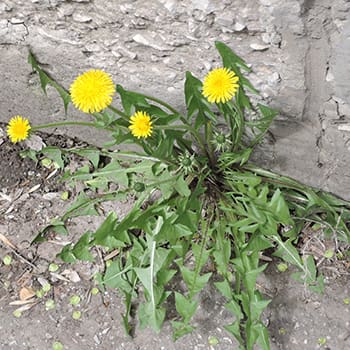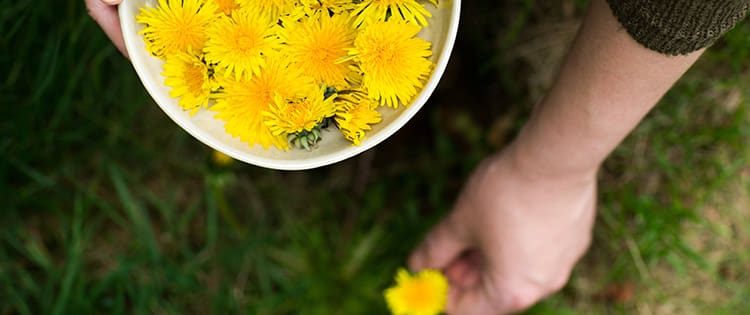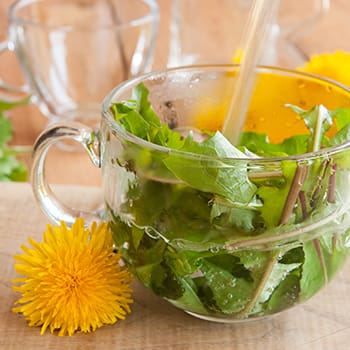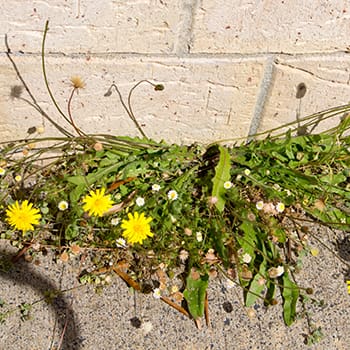Greetings, fellow homesteaders!
Today, I want to tell you about a plant that often goes overlooked but holds incredible potential: the humble dandelion (Taraxacum officinale).
Dandelions, with their vibrant yellow flowers and delicate seed heads, are not just pesky weeds but rather valuable resource that can enhance our homesteads in numerous ways.
Read on to see the reasons why you should stop weeding out this plant and start taking advantage of it.
The Basics
Dandelions are widely distributed and can be found in almost every corner of the globe. They thrive in a variety of habitats, from meadows and lawns to forest edges and disturbed areas.
Their adaptability is a testament to their resilience and survival instincts, making them an excellent addition to any homestead. These plants are easily recognizable by their distinctive yellow flowers, followed by their fluffy seed heads, which disperse with the gentlest breeze.
Dandelions are often labeled as weeds, but they are in fact beneficial plants.
They possess a remarkable ability to thrive exclusively in specific locations. This is because they can grow in soil that is compact, hard, or stomped, as they help to loosen it with their extensive root system. In areas where soil lacks calcium, dandelions come to the rescue by replenishing it through the decomposition of their leaves. Also, dandelions can improve soil acidity if given the opportunity. Sometimes, it’s a combination of the two that prompts their presence.
Dandelions may start growing in your garden because your soil needs them. That’s why the best thing you could do is leave them be. They usually disappear on their own once they have “solved” you’re soil’s problems.
Best Time To Pick
Dandelions are one of the first plants to bloom in spring. When temperatures rise during the day, dandelion flowers open, only to close quickly when the evening cools off. In fact, if the day isn’t sufficiently warm, they may not open at all.
Their flowers are a valuable food source for insects. Unlike other plants, dandelions produce both pollen and nectar, so they’re highly prized by the insects around them.
If you want to fully take advantage of their potential, timing is key. The best time to gather their leaves and flowers is during early spring when they are young and tender. At this stage, they have full flavor and nutritional value.
Harvesting in the early morning, when the plants are cool and the dew has evaporated, ensures the highest quality yield. However, it’s important to note that it’s best to avoid harvesting dandelions growing in areas where pesticides or herbicides have been used.
Teas And Tinctures
One of the most accessible and beneficial ways to use dandelions is by making teas and tinctures. Dandelion tea, made from the plant’s leaves and flowers, offers a wealth of health benefits.
Packed with vitamins A, C, and K, as well as minerals such as iron, calcium, and potassium, dandelion tea acts as a natural tonic and can aid in digestion, cleanse the liver, and support overall well-being. Simply steep a handful of fresh or dried dandelion leaves and flowers in hot water for about 10 minutes, strain, and enjoy.
For a more concentrated form, dandelion tinctures are an excellent choice. Tinctures are made by steeping dandelion roots in alcohol or glycerin, extracting their medicinal properties. This potent elixir can be used to support liver health, ease digestive issues, and even serve as a gentle diuretic. A few drops diluted in water or taken directly under the tongue can work wonders.
Stockpiling For The Future
Surprisingly, dandelion flowers are delicious for humans as well. Dandelions have been known as the “honey of the poor” due to their sweetness, which can enhance the flavor of jams, sauces, and salads.
And the best part is you can store them for later. To dry dandelion leaves and flowers, gently spread them out on a clean, dry surface, ensuring good airflow.
Once fully dry, store them in airtight containers away from direct sunlight. Dried dandelion roots can be stored in the same manner. This way, we can harness their power year-round.
Look-alikes
While dandelions are unmistakable to experienced foragers, it’s important to be aware of their poisonous look-alike, the cat’s ear (Hypochaeris radicata). Cat’s ear closely resembles dandelions, but there are some distinguishing characteristics.
The leaves of the cat’s ear are hairy and lack the jagged edges found on dandelion leaves. Additionally, the stem of a cat’s ear is often branched, while dandelion stems are unbranched.
Conclusion
From the leaves and flowers to the roots, dandelions give you tons of benefits.
So, dear homesteaders, I encourage you to look for dandelions around your homestead and pick them ‘till your fingers turn yellow.
You may also like:
10 Cooking Herbs You Should Grow In Your Garden
If You See This Plant in Your Backyard, Burn It Immediately! (Video)











